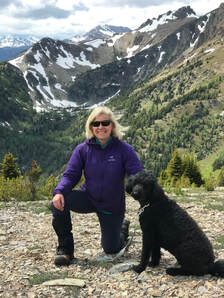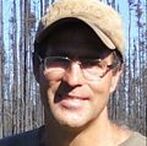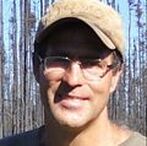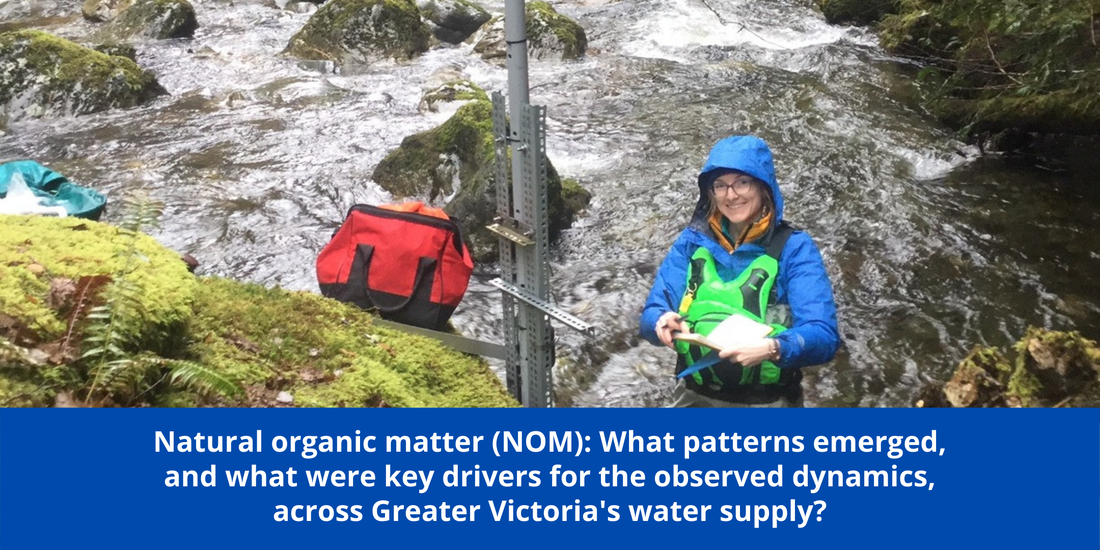Canfor & forWater deliver better forest management practices for drinking water and beyond1/21/2021 Canfor is a global leader in producing sustainable lumber, pulp and paper. In order to sustainably manage forests, Canfor must take into account the different needs and values people have for forested landscapes. These include – environmental, social, cultural, and economic objectives. Close to the top of the list is water quantity and quality.  Dr. Kari Stuart-Smith, Senior Forest Scientist, Canfor Dr. Kari Stuart-Smith, Senior Forest Scientist, Canfor This is why Canfor has partnered with the forWater Network to conduct research to better understand management strategies that minimize impacts on water, including critical drinking water supplies. In British Columbia and western Alberta, where Canfor operates in Canada, many of the streams and rivers provide drinking water for homes and communities, support important recreational fisheries, and provide habitat for fish species-at-risk. Critical questions focus on how to build and maintain roads and harvest timber with minimal or no impact on water supplies and aquatic ecosystems. This is the work that Dr. Kari Stuart-Smith, Senior Forest Scientist at Canfor, spends a lot of her time thinking about.
0 Comments
Hokanson KJ, Peterson ES, Devito KJ, Mendoza CA. 2020. Forestland-peatland hydrologic connectivity in water-limited environments: Hydraulic gradients often oppose topography. Environmental Research Letters, 15:034021. DOI: 10.1088/1748-9326/ab699a. Hokanson KJ, Mendoza CA, Devito KJ. 2019. Interactions between regional climate, surficial geology, and topography: Characterizing shallow groundwater systems in subhumid, low-relief landscapes. Water Resources Research, 55(1): 284-297. DOI: 10.1029/2018WR023934. Hannah McSorley shares insights from 400+ stream samples collected over 16 months across a Greater Victoria water supply area. |
forWater NetworkThe Network provides insights into new scientific research for safe, secure drinking water---globally---which starts with resilient forests Archives
October 2023
Categories |








 RSS Feed
RSS Feed

